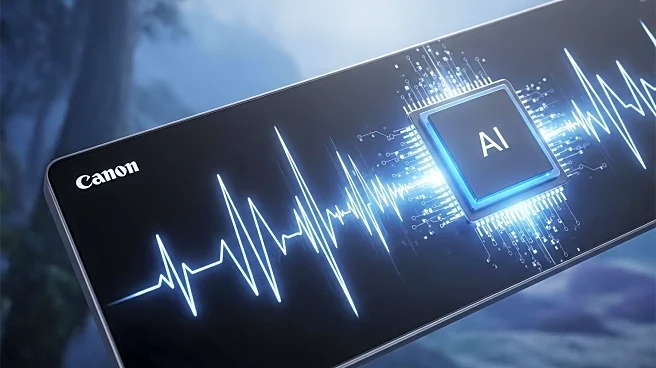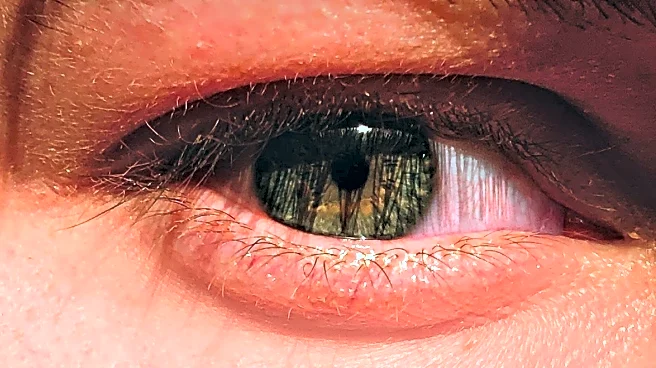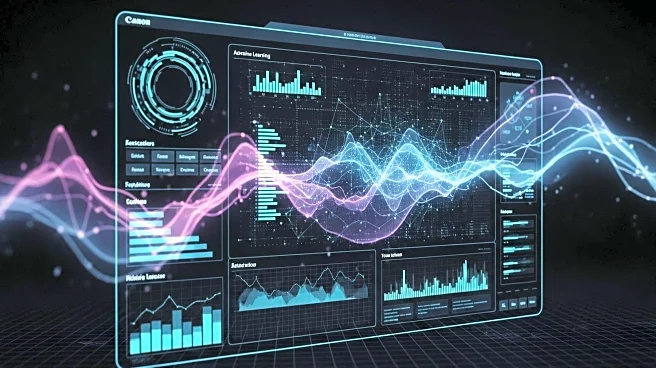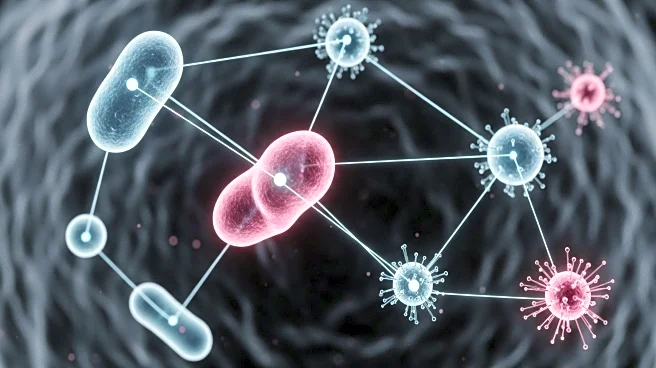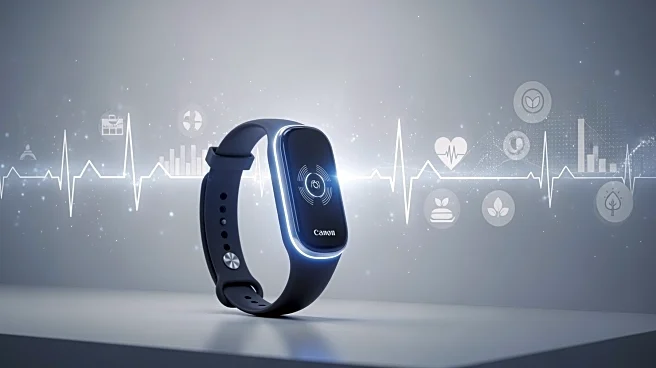What's Happening?
A new study published in Nature introduces a digital framework for nutritional assessment using smartphone-enabled facial morphometrics and machine learning. The research involved 71 Chinese adults aged
50-85 and utilized 3D facial scans to predict nutritional metrics. Two machine-learning models, Random Forest (RF) and Extreme Gradient Boosting (XGB), were evaluated, with the RF model demonstrating superior predictive accuracy for parameters such as muscle mass, basal metabolic rate (BMR), and body fat percentage. The study highlights the potential of this non-invasive, cost-effective technology to enhance public health by facilitating community-based screenings for nutritional issues.
Why It's Important?
This innovative approach to nutritional assessment could revolutionize public health strategies by providing accessible and scalable solutions for detecting undernutrition and overnutrition. The ability to accurately predict muscle mass and BMR using smartphone technology offers significant benefits for early intervention and management of health risks associated with nutritional deficiencies and excesses. This framework could lead to improved health outcomes, particularly among older adults, by enabling timely screenings and interventions without the need for resource-intensive methods.


